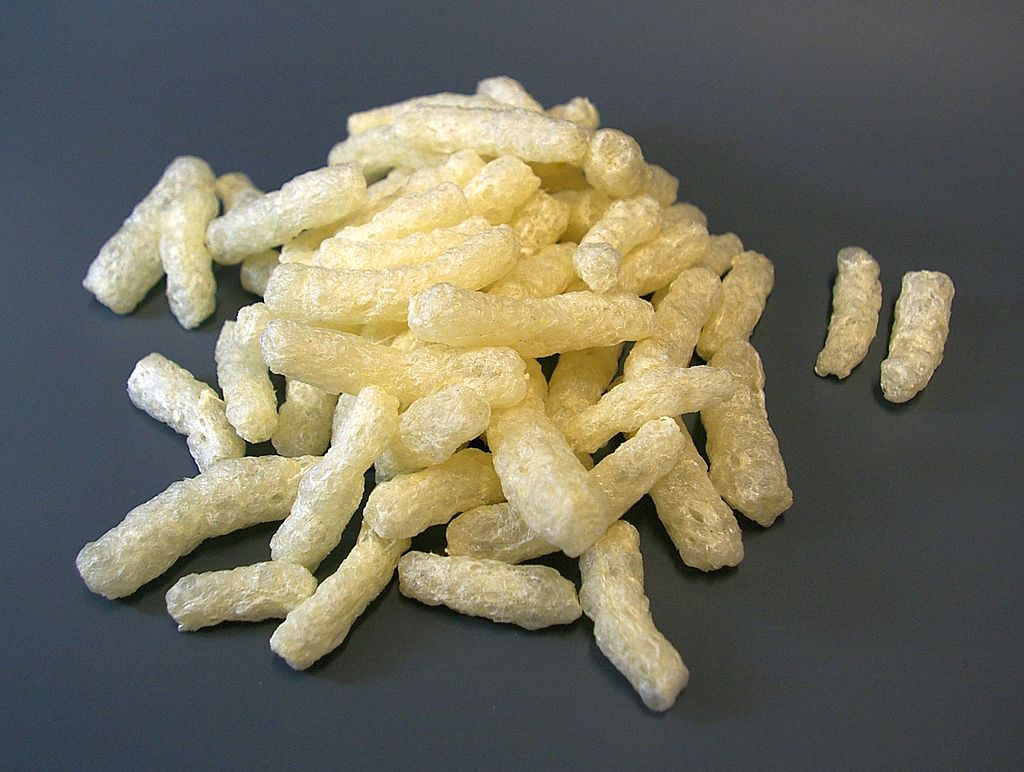Excerpt:
Growing crops to make plastic may theoretically reduce reliance on fossil fuels, but at an enormous environmental cost.
It’s the year 2050, and humanity has made huge progress in decarbonizing. That’s thanks in large part to the negligible price of solar and wind power, which was cratering even back in 2022. Yet the fossil fuel industry hasn’t just doubled down on making plastics from oil and gas — instead, as the World Economic Forum warned would happen, it has tripled production from 2016 levels. In 2050, humans are churning out trillions of pounds of plastic a year, and in the process emitting the greenhouse gas equivalent of over 600 coal-fired power plants. Three decades from now, we’ve stopped using so much oil and gas as fuel, yet way more of them as plastic.
Back here in 2022, people are trying to head off that nightmare scenario with a much-hyped concept called “bio-based plastics.” The backbones of traditional plastics are chains of carbon derived from fossil fuels. Bioplastics instead use carbon extracted from crops like corn or sugarcane, which is then mixed with other chemicals, like plasticizers, found in traditional plastics. Growing those plants pulls carbon out of the atmosphere and locks it inside the bioplastic — if it is used for a permanent purpose, like building materials, rather than single-use cups and bags.
At least, that’s the theory. In reality, bio-based plastics are problematic for a variety of reasons. It would take an astounding amount of land and water to grow enough plants to replace traditional plastics — plus energy is needed to produce and ship it all. Bioplastics can be loaded with the same toxic additives that make a plastic plastic, and still splinter into micro-sized bits that corrupt the land, sea, and air. And switching to bioplastics could give the industry an excuse to keep producing exponentially more polymers under the guise of “eco-friendliness,” when scientists and environmentalists agree that the only way to stop the crisis is to just stop producing so much damn plastic, whatever its source of carbon.
But let’s say there was a large-scale shift to bioplastics — what would that mean for future emissions? That’s what a new paper in the journal Nature set out to estimate, finding that if a slew of variables were to align — and that’s a very theoretical if — bioplastics could go carbon-negative…









